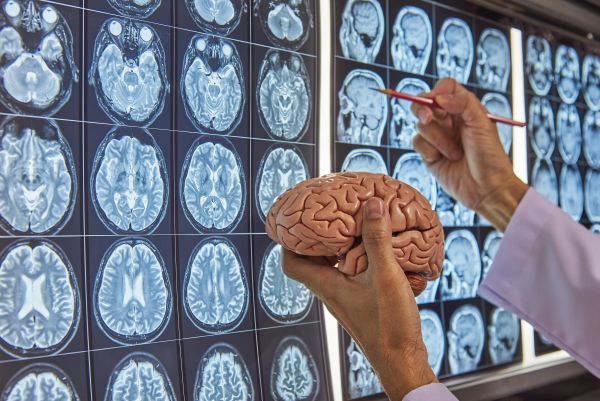Common Types of Neurosurgery

Wondering if neurosurgery is a necessary treatment option for you or someone you care about? Also known as neurological surgery, neurosurgery is specifically focused on the prevention, diagnosis, surgical treatment and recovery of nerve system problems. Ready to learn more?
About neurosurgery
Learning about the common types of neurosurgery is essential for neurological patients. Each option has benefits and risks, and understanding both of these is necessary because this allows patients to make decisions that are right for them. The fact that there are different branches of neurosurgery means that patients should find out the surgical options that are available to treat their nervous system-related problem, e.g., brain disorder, spinal disorder, etc.
Examples of neurosurgeries that are now available
The list below includes common types of neurosurgeries that neurosurgeons are performing nowadays.
Craniotomy
A craniotomy is a neurosurgical procedure that requires a neurosurgeon to surgically remove a part of the skull in order to gain access to the brain. Once the procedure has been performed, the part of the skull that is removed is returned to its original position to protect the brain once again. This procedure is commonly performed in order to treat brain tumors, skull fractures, aneurysms, hematomas and infections and address various levels of swelling within the brain.
Ventricular shunt
A ventricular shunt is a procedure that is performed with the goal of relieving any pressure built up in the brain. The shunt is surgically implanted in a way that allows the excessive buildup of fluid causing the pressure to be released, making this a common and necessary procedure. A few reasons that a patient would need to undergo this type of neurosurgery is because too much fluid is being produced, because one’s blood vessels are not working properly and because there is a blockage in the way that prevents the fluids from properly flowing.
Minimally invasive spine surgery
According to the American Association of Neurological Surgeons, the goal of minimally invasive spine surgery is to stabilize the vertebral bones and spinal joints and/or relieve pressure being applied to the spinal nerves. This stabilization is often necessary for patients who have been diagnosed with a bone spur, a herniated disc, a spinal tumor, scoliosis and overall spinal instability. Minimally invasive treatment is often preferred because it is less invasive compared to regular surgery, allowing patients a faster and safer treatment option.
Is neurosurgery the right option for you?
There are many different types of neurosurgery options available, one of which can be used to treat your neurological condition. To learn more, making a consultation appointment is the next step.
Are you considering neurosurgery in the Palm Harbor area? Get more information at https://www.brainandspineni.com.
Check out what others are saying about our services on Google: Read our Google Reviews.
Related Posts
Stem cell treatment shows promise for helping with neurological disorders by repairing and regrowing damaged cells in the nervous system. This advanced therapy is still being studied for its ability to support healing at a cellular level, potentially improving the patient's quality of life and daily function. Nevertheless, with continued advancements in medical research and…
When spinal cord compression interferes with mobility, sensation, or organ function, spinal cord surgery may offer relief and prevent further neurological decline. However, any intervention involving the central nervous system requires careful planning and informed decision-making. Understanding the pros and cons helps patients and families navigate this important choice with greater clarity.The primary goal of…
A spine surgeon is a highly trained specialist who diagnoses and treats disorders of the spine, including both the bones and soft tissues that support the spinal cord and nerves. These surgeons employ advanced techniques to restore spinal stability, alleviate pain, and enhance mobility in patients with complex spine conditions. Understanding the range of issues…
Your baby needs hydrocephalus treatment if there is a buildup of CSF (cerebrospinal fluid) in the spinal column and brain. The telling sign is the enlargement of the heads of young kids and newborns. This excess fluid puts pressure on the brain tissue. This could lead to cognitive and general health issues if it does…
